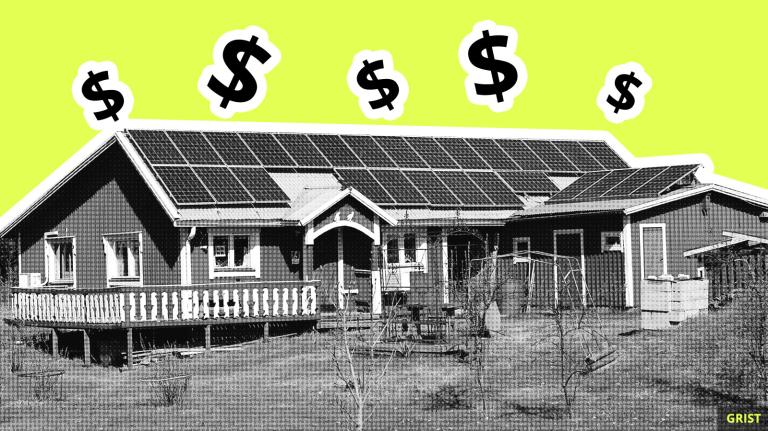It’s Tuesday, July 21, and Apple has a climate plan.
![]()
Another one of Silicon Valley’s biggest tech giants is going green. In the past several months, Amazon and Microsoft have unveiled climate plans of varying intensities — Amazon is investing billions in green tech (and plastering the words “Climate Pledge” on the side of a hockey arena) with the aim of net-zero emissions by 2040, while Microsoft’s highly ambitious plan seeks to remove the equivalent of the company’s total carbon emissions since 1975. On Tuesday, Apple joined the ranks of eco-guilty tech companies with a new plan to go carbon neutral by 2030, two decades earlier than the target laid out in the Paris Agreement.
Apple plans to only use recycled and renewable materials in its products and packaging, get rid of plastic packaging entirely by 2025, cut down on its use of fresh water, and eliminate waste sent to landfills from its corporate offices and its suppliers.
If all goes according to plan, by 2030, Apple customers will be able to purchase iPhones and Apple Watches that will have “zero climate impact.” In order to do business with the smartphone giant, all of the company’s suppliers will have to transition to 100 percent renewable energy within the next 10 years. Already, Apple says it has secured commitments to go carbon-neutral from more than 70 of its suppliers.
The company also plans to form a team that will focus on investing some undisclosed portion of Apple’s existing $100 million Racial Equity and Justice Initiative in minority-owned businesses. “Systemic racism and climate change are not separate issues, and they will not abide separate solutions,” Lisa Jackson, Apple’s vice president of environment, policy and social initiatives, said in a statement.

The Smog
Need-to-know basis
“The poster child of climate change” is veering toward extinction: According to a new study, rising temperatures and quickly melting sea ice are poised to wipe out polar bear populations by the end of the century. As of 2018, there were roughly 23,000 polar bears remaining.
![]()
Wealthy Americans’ homes produce nearly 25 percent more carbon emissions than poorer Americans’, says new research published Monday. After analyzing 93 million housing units, the researchers attributed the emissions disparity to the fact that rich people tend to have larger houses.
![]()
Wind patterns may carry a giant cloud of locusts into agricultural regions of southern Brazil as early as Wednesday, say experts at a Brazilian climate modeling company. Similar swarms have ravaged East Africa and Pakistan this year, driven by abnormally hot and dry conditions, and Brazil’s wheat, canola, and barley crops are now at risk.


